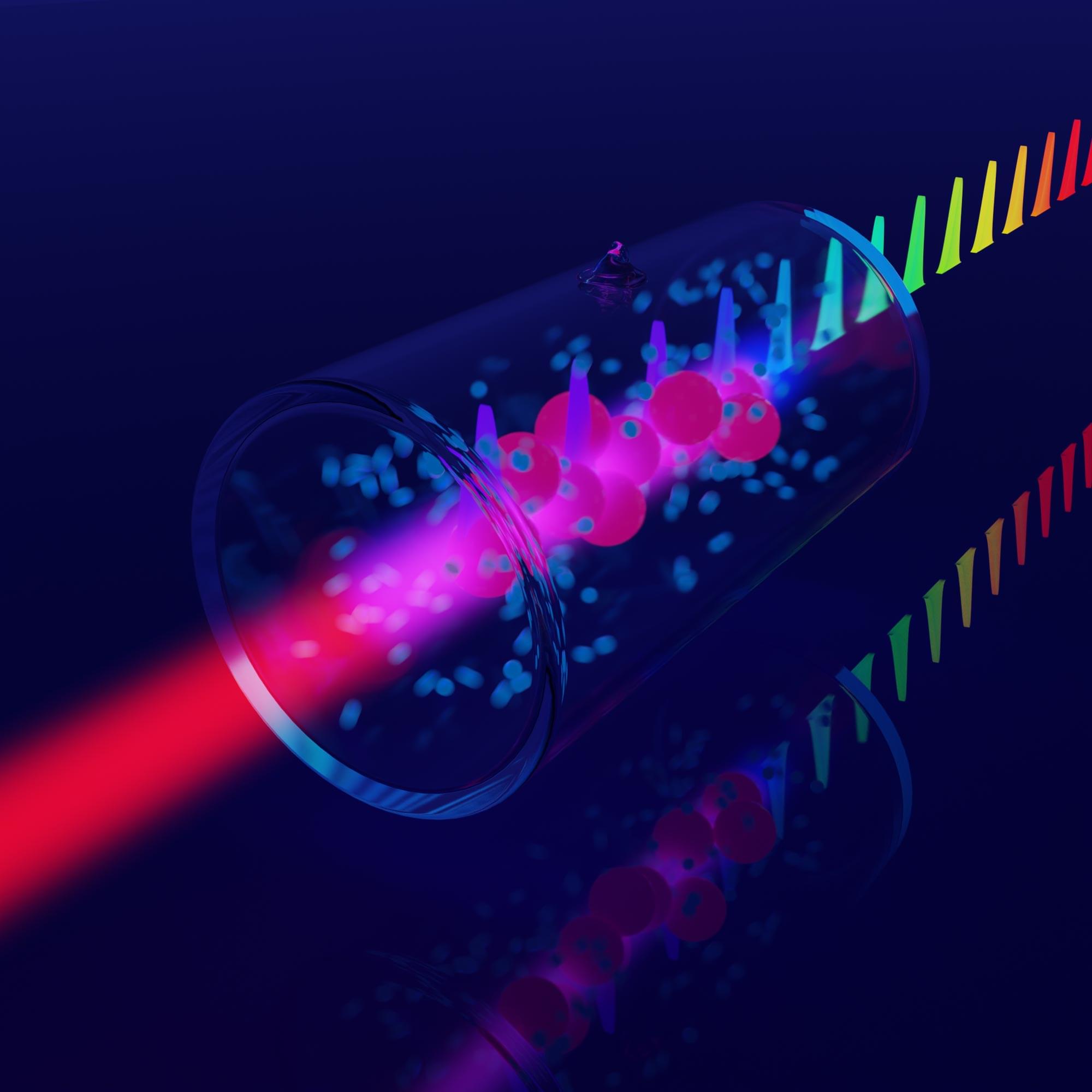Dopamine neurons in a part of the brain called the midbrain may, with aging, be increasingly susceptible to a vicious spiral of decline driven by fuel shortages, according to a study led by Weill Cornell Medicine investigators. The findings offer a potential explanation for the degeneration of this neuron population in Parkinson’s disease.
In the study, published Dec. 5 in the Proceedings of the National Academy of Sciences, the scientists examined how midbrain dopamine neurons, which have unusually numerous output branches, handle their high energy requirements. They showed that these neurons under normal conditions create a fuel reserve in the form of clusters of glucose molecules called glycogen. This allows the neurons to keep working for a surprisingly long time even when their usual supply of glucose from the blood is interrupted. However, the researchers also discovered that the neurons regulate their glycogen storage in a way that can leave them highly vulnerable to glucose shortages, especially as their functions begin to decline with aging.
“This vulnerability may explain the deaths of these midbrain neurons in Parkinson’s and is consistent with the idea that energy insufficiency is a common failure mode in neurological disorders,” said study senior author Timothy Ryan, the Tri-Institutional Professor of Biochemistry and Biophysics and a professor of biochemistry in anesthesiology at Weill Cornell Medicine.








